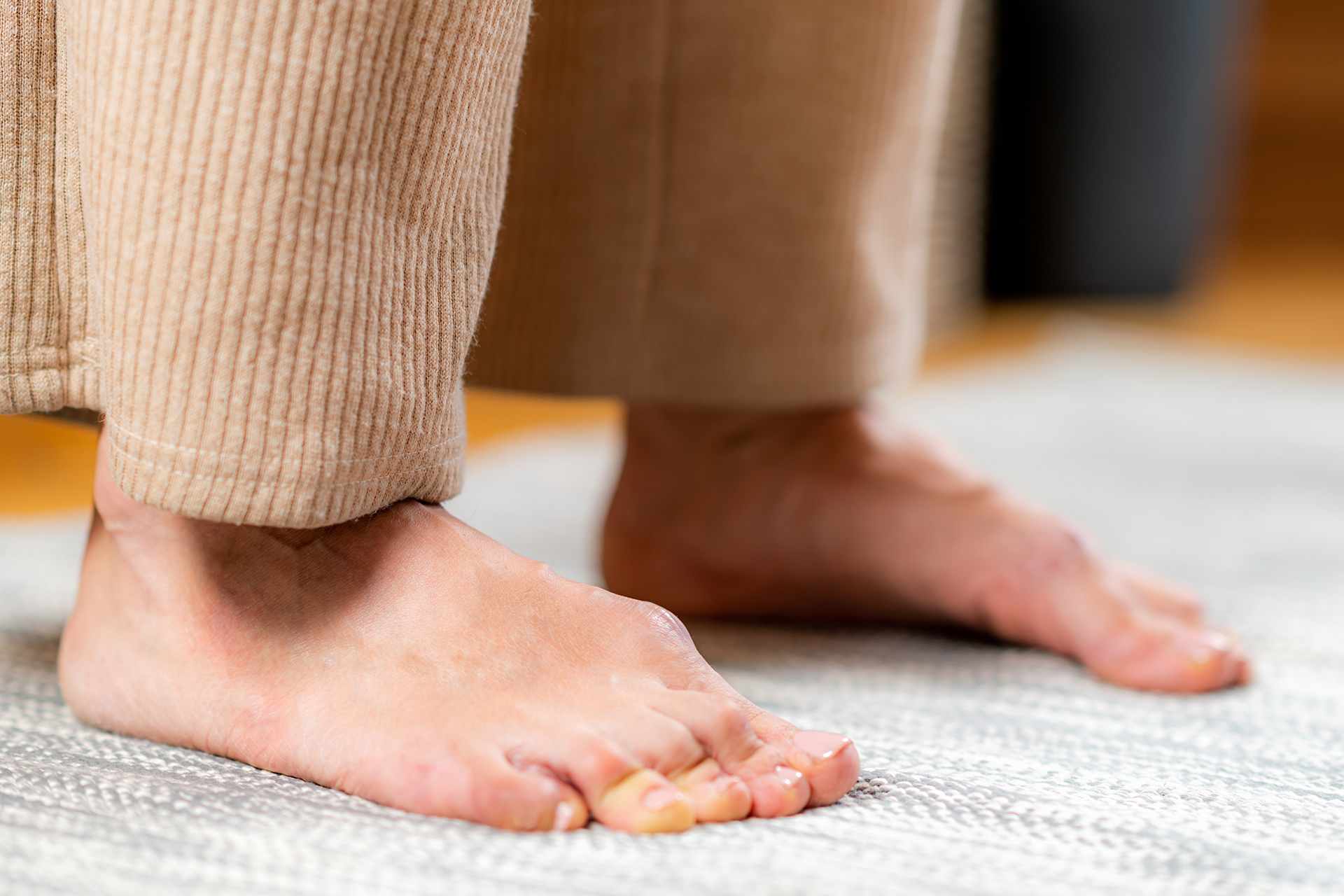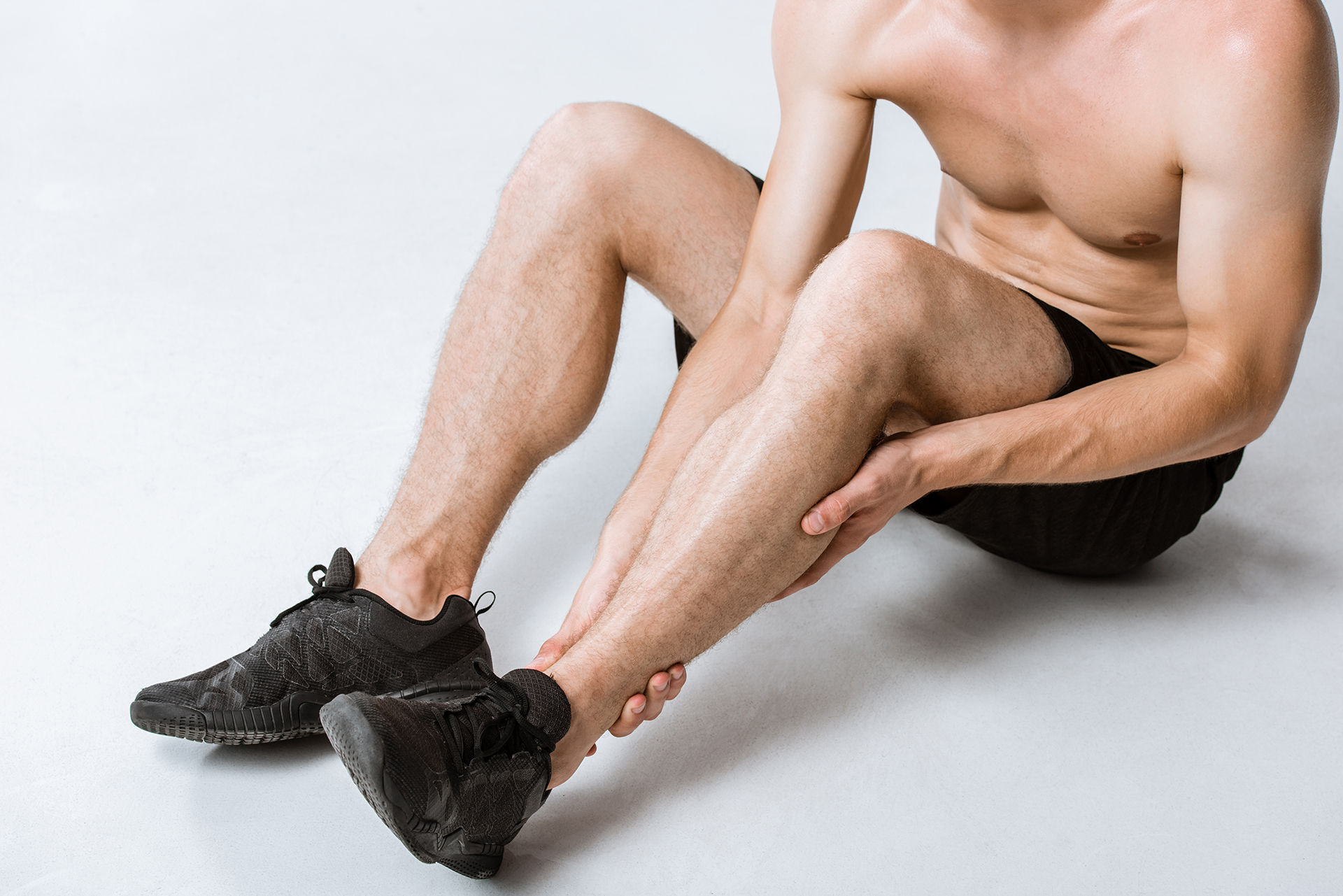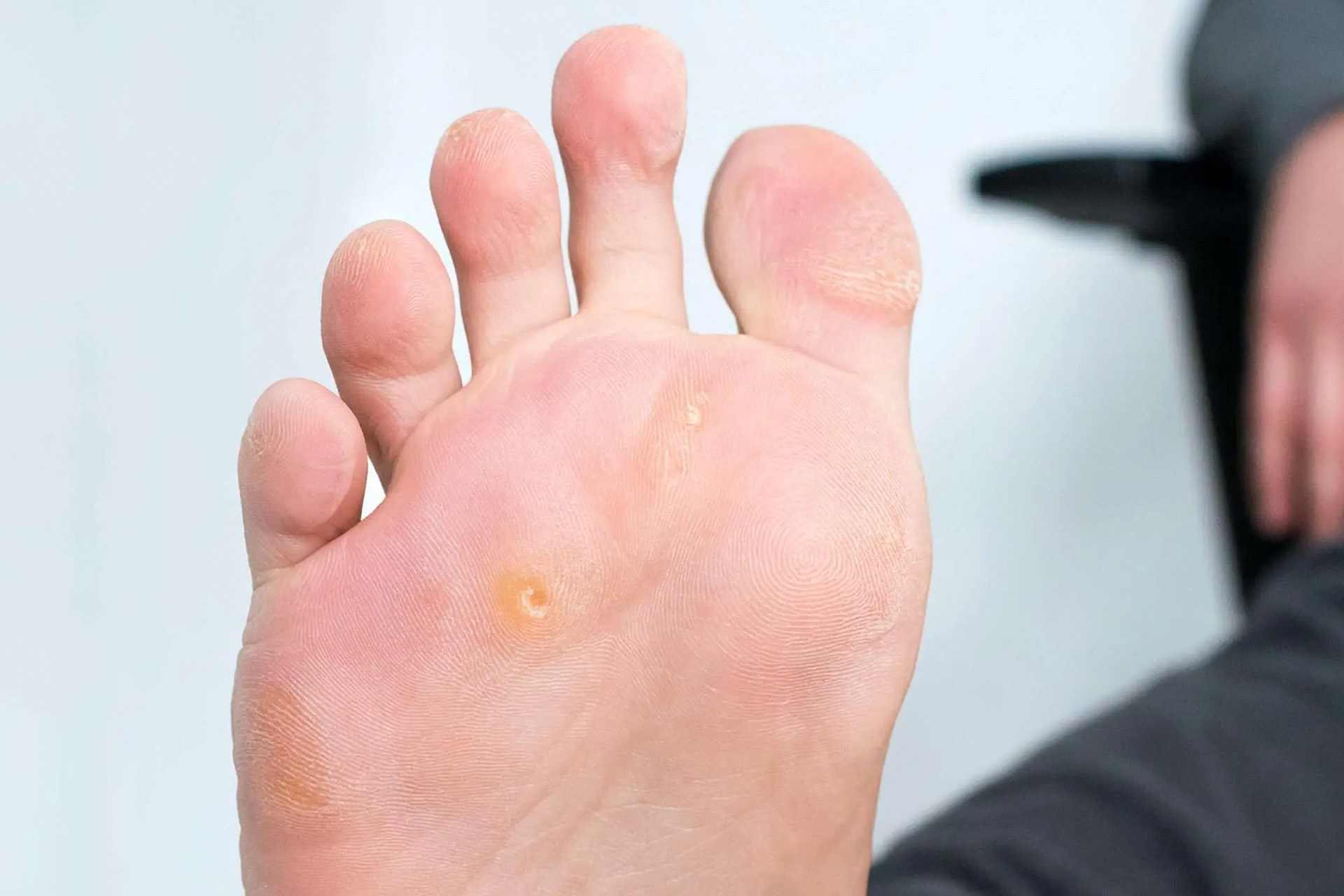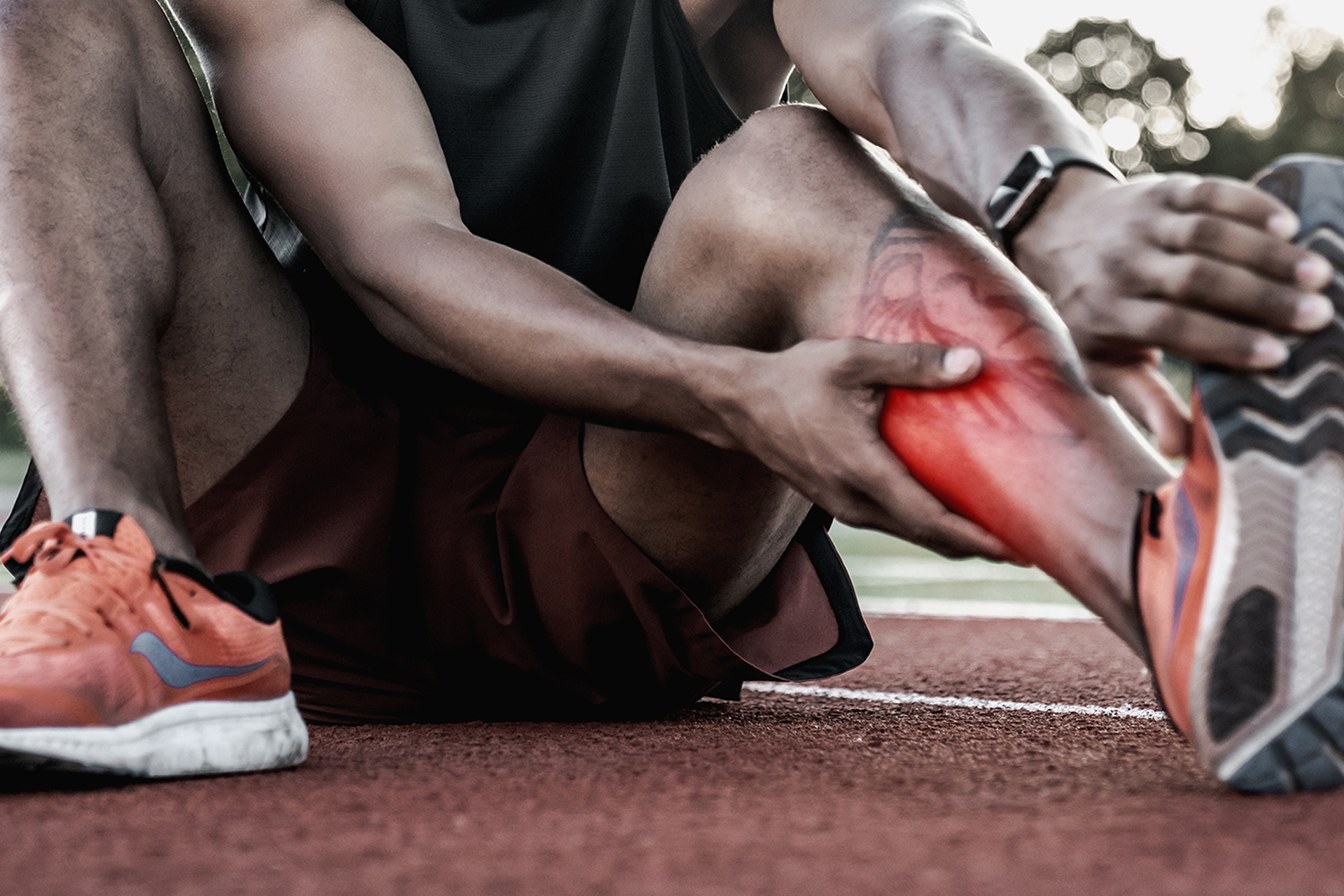Introduction to Plantar Plate
The plantar plate is a small but mighty structure that supports your foot. A ligament in the ball of the foot, it connects the metatarsal (bones of the foot) head to the proximal phalanx (the bone at the base of each toe), providing stability to the metatarsophalangeal joint, the crucial joint connecting the metatarsal bones of the foot to the proximal phalanx of the toes. When this ligament is healthy, it helps keep the toes in line and supports the foot during walking and other activities.
A plantar plate tear or rupture can disrupt this stability, causing significant pain. Such injuries can make everyday activities like walking or standing difficult. Understanding the plantar plate is key to recognising the signs and symptoms of plantar plate injuries and getting the proper intervention.
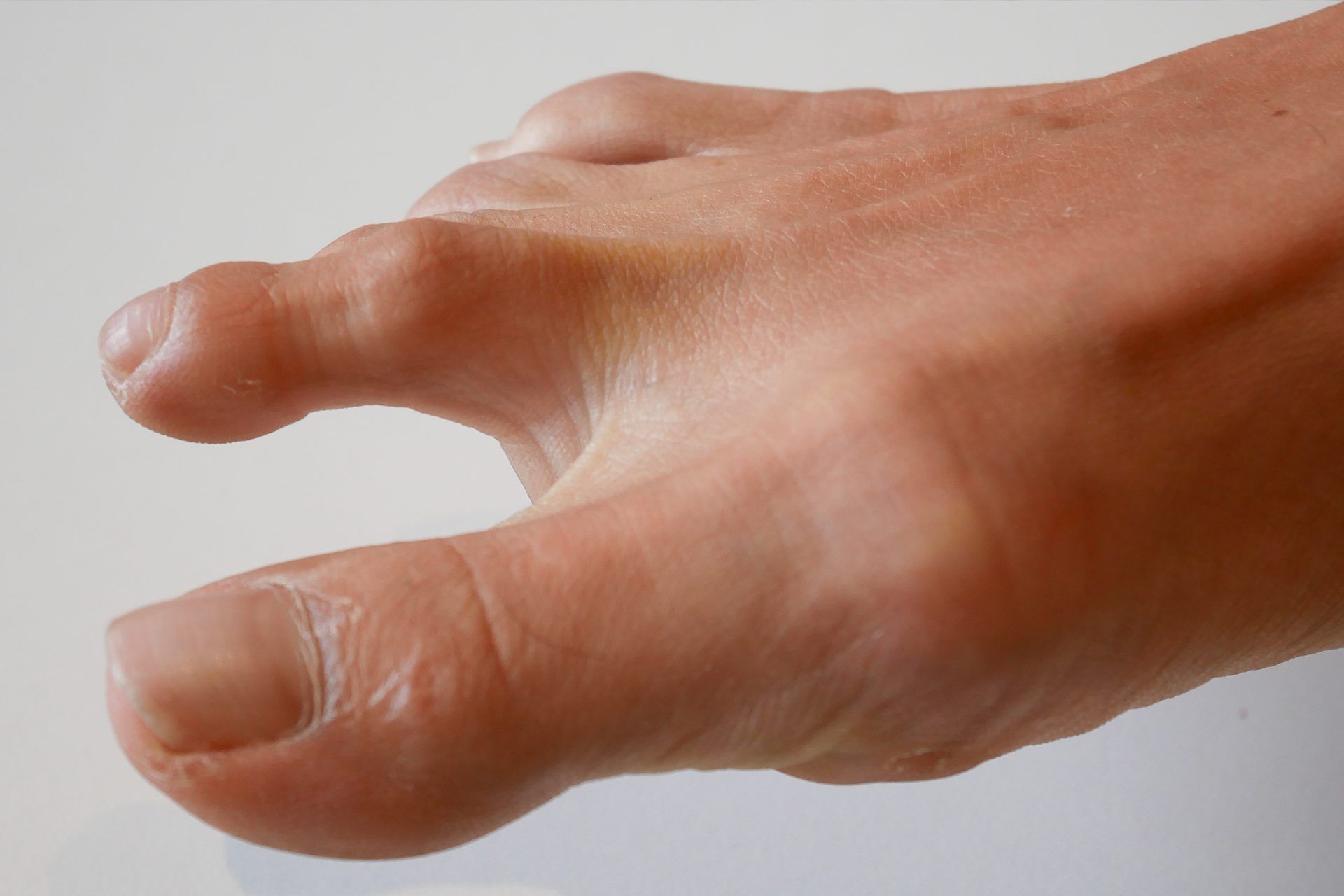
Plantar Plate Injuries: The Hidden Cause of Forefoot Pain
If you’ve been experiencing pain beneath your toes that worsens when you walk barefoot or wear flat shoes, you may have a plantar plate injury. Symptoms are often mild and easily overlooked in the early stages, making early diagnosis crucial.
The plantar plate stabilises your toe joints, preventing them from drifting upwards when you bear your body weight during movement. When damaged, this small structure can cause disproportionate pain due to increased loading on the lesser metatarsophalangeal joints. Biomechanical issues within the foot, such as low gear propulsion, can exacerbate the condition by altering the function of the first metatarsophalangeal joint.
Plantar plate injuries typically develop gradually, often beginning with mild discomfort that people usually dismiss as a bruise. Without intervention, they can progress to more serious tears and contribute to conditions like hammer or mallet toes as the affected digit drifts out of alignment.
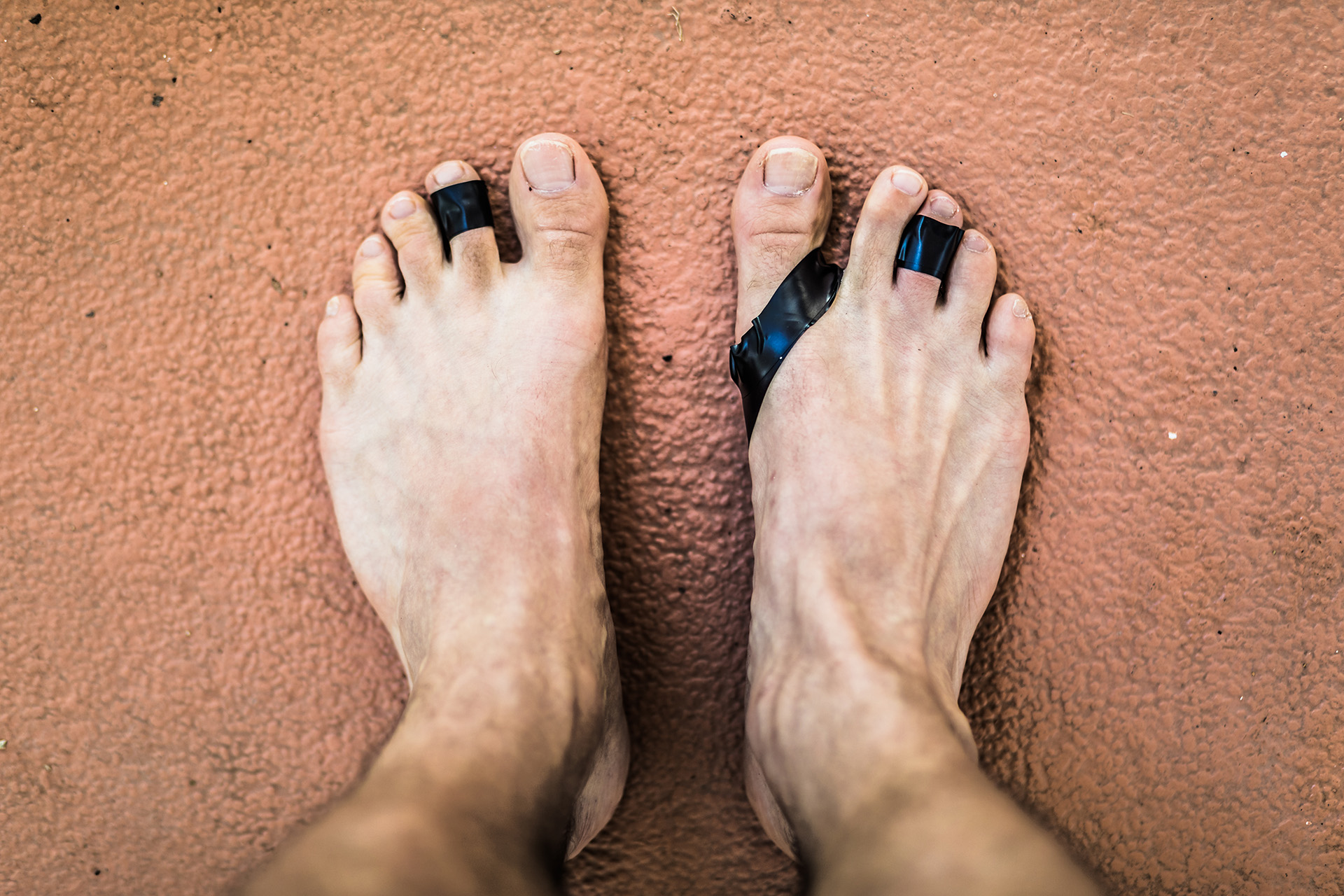
Causes and Risk Factors of Plantar Plate Injuries
Plantar plate injuries occur due to repetitive stress, overuse, or trauma, all of which can cause inflammation and pain in the affected area. Sports involving running, jumping, or quick direction changes can strain the plantar plate excessively, increasing the risk of injury. Wearing shoes that are too tight or don’t fit properly can also contribute to plantar plate injuries by changing the foot’s natural biomechanics.
Individuals with flat feet or other foot abnormalities are also at a higher risk, as these conditions can lead to uneven pressure distribution across the foot. Overweight or obese individuals may experience more pressure on the plantar plate, making an injury more likely. Age is another factor, as the plantar plate can weaken over time and become more prone to tears. Certain medical conditions, such as diabetes or arthritis, can increase the risk of plantar plate injuries by affecting the overall health and resilience of the foot’s structures.
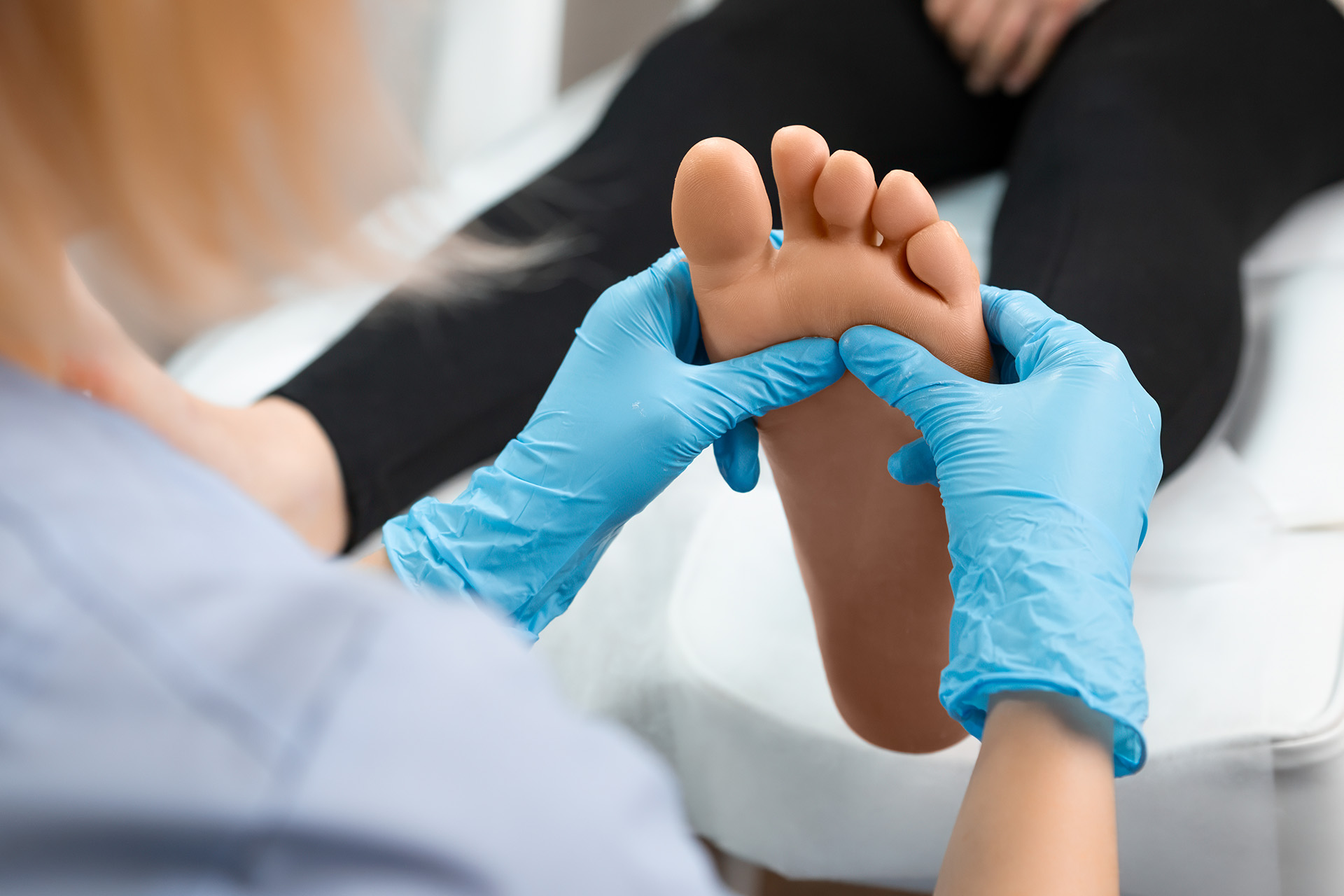
Symptoms and Diagnosis of Plantar Plate Injuries
Symptoms of plantar plate injuries can vary and often include sharp pain or tenderness on the bottom of the foot, especially in the ball of the foot, swelling or redness in the area, limited mobility, and stiffness. Some may feel instability or wobbliness in the affected foot, making it hard to walk or put weight on it. A clicking or snapping sensation in the foot can also signify a plantar plate tear.
Diagnosing a plantar plate injury usually involves a physical examination by a podiatrist. The podiatrist may perform specific tests to assess the integrity of the plantar plate, including imaging techniques such as MRI scans and X-rays to confirm the presence and extent of the tear. Early diagnosis and management are crucial for preventing further damage and promoting healing. By diagnosing early, you can implement the right interventions to reduce pain and support recovery.
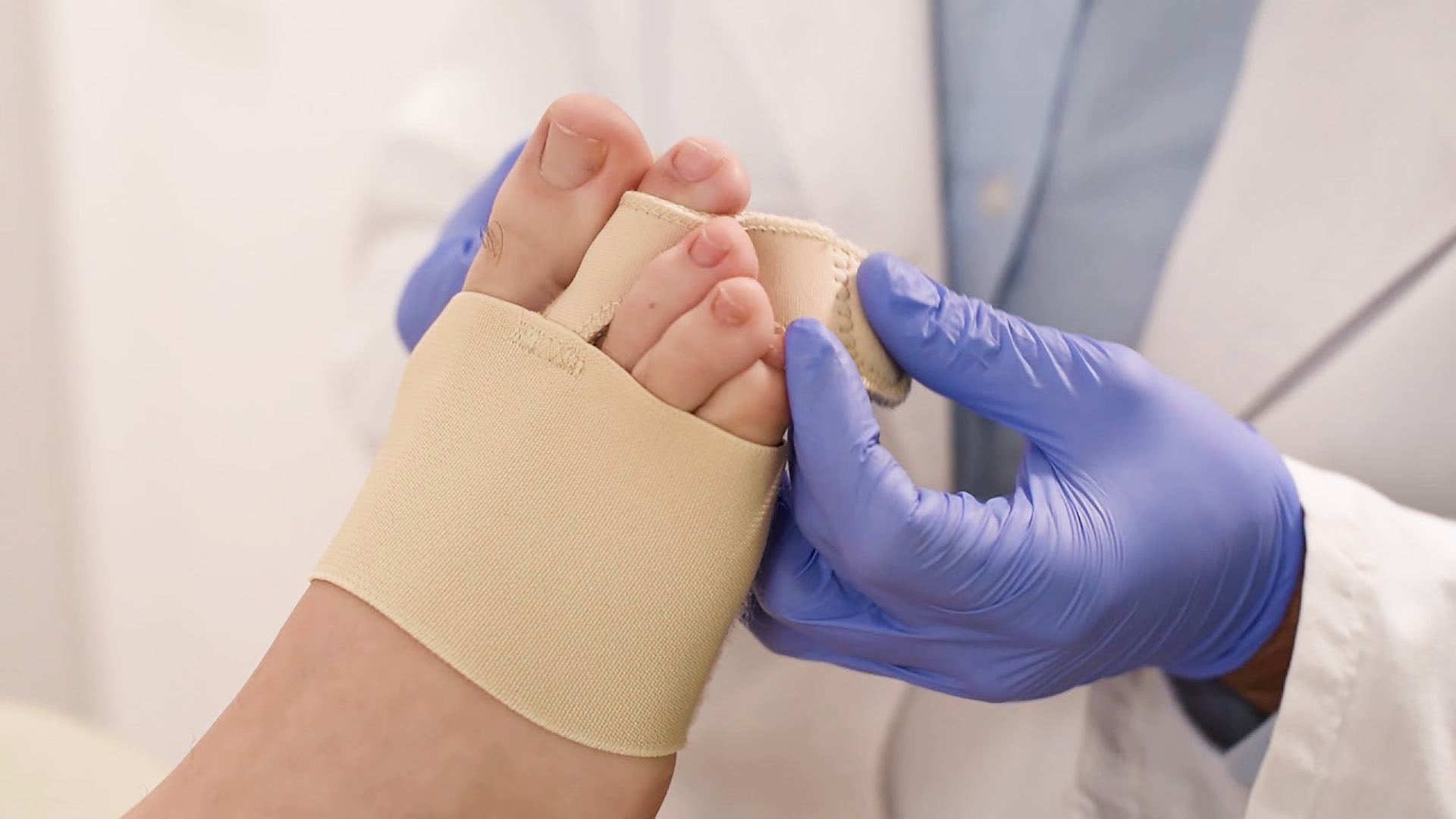
Why Podiatric Care Is Essential for Plantar Plate Injuries
A plantar plate injury requires a holistic and precise approach, starting with advanced diagnostics and continuing through tailored interventions. At the heart of this process is the RehaWalk® pressure sensor treadmill, which captures thousands of real-time data points during walking or running. This cutting-edge system maps gait mechanics and pressure distribution, enabling podiatrists to identify the areas of forefoot overload contributing to the injury.
Beyond diagnostics, RehaWalk also supports rehabilitation by providing immediate visual feedback while you undergo gait retraining with your podiatrist. This accelerates learning and encourages more efficient walking patterns that reduce strain on the plantar plate.
From there, a personalised management plan is developed. This may involve footwear adjustments to reduce forefoot pressure, often recommending shoes with firmer soles, adequate arch support, and a roomy toe box. Custom orthoses play a crucial role by redistributing pressure across the foot. For plantar plate injuries, orthoses typically include metatarsal pads that offload stress from the affected area.
Mobilisation exercises improve joint mobility and muscle strength, supporting orthotic support. These targeted movements help prevent stiffness, support proper alignment, and promote long-term recovery.
Extracorporeal Shockwave Therapy (ESWT) can further stimulate tissue repair in the foot for chronic or stubborn cases. This non-invasive procedure enhances circulation and activates healing mechanisms, often delivering relief within a few sessions.
Together, these interventions form an integrated approach to reducing pain, promoting healing, and preventing the recurrence of plantar plate injuries.
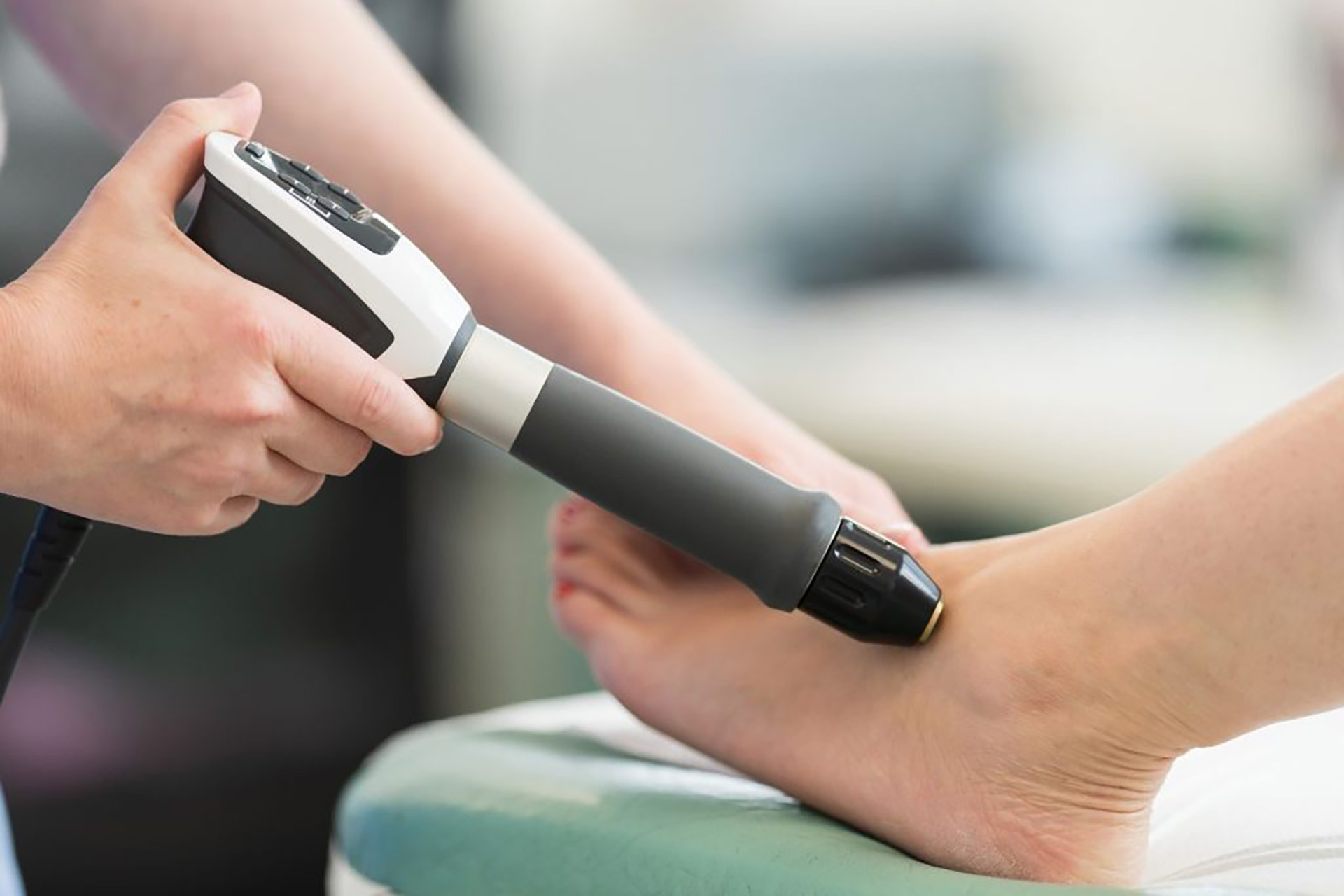
Realistic Expectations for Recovery
Recovery from plantar plate injuries takes time. Minor strains may resolve within 6-8 weeks with podiatric care; more significant tears can take 3-6 months to heal fully. If you undergo surgery, you will likely need to wear protective shoes for an extended period after the procedure. Your podiatrist will adjust your rehabilitation plan based on your progress throughout this process.
Following your podiatrist’s advice on footwear, activity modification, and prescribed exercises, the plantar plate can fully heal, and you can return to normal activities. Your podiatrist may discuss surgical options and provide referrals when necessary for the small percentage of patients who don’t respond to conservative management. In most cases, a holistic, tailored, non-surgical approach will be effective.
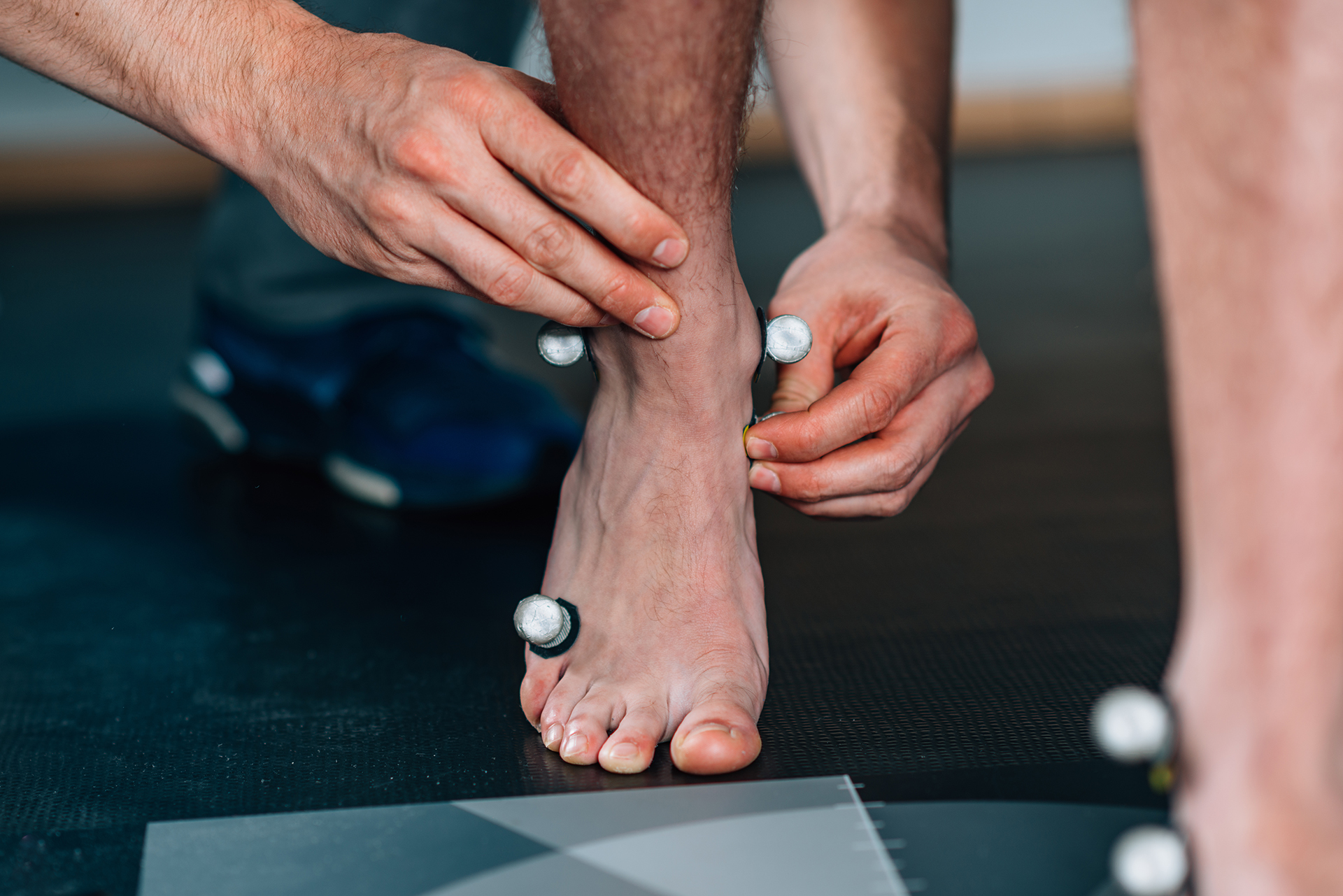
Regular Podiatric Check-Ups
Once you have recovered from a plantar plate injury, your podiatrist will help you develop strategies to prevent recurrence. This typically involves proper footwear, supplemented with orthoses and incorporating specific foot strengthening exercises into your daily routine.
Regular podiatric check-ups are also valuable, as they enable the early identification and management of potential issues before they become major problems. Remember, your feet support you through thousands of steps daily— invest in their care, and you’ll reap the rewards of overall mobility and quality of life.
If you are experiencing forefoot pain that you fear may be a plantar plate injury, don’t wait to seek professional help at The Foot Practice. With our advanced podiatric care, including interventions like the RehaWalk system, you can expect relief and get back to comfortable, pain-free movement.

